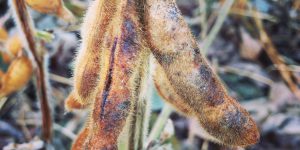Cropside: When one becomes four
AGRONOMIC INFORMATION FROM ONTARIO'S CROP SPECIALISTS

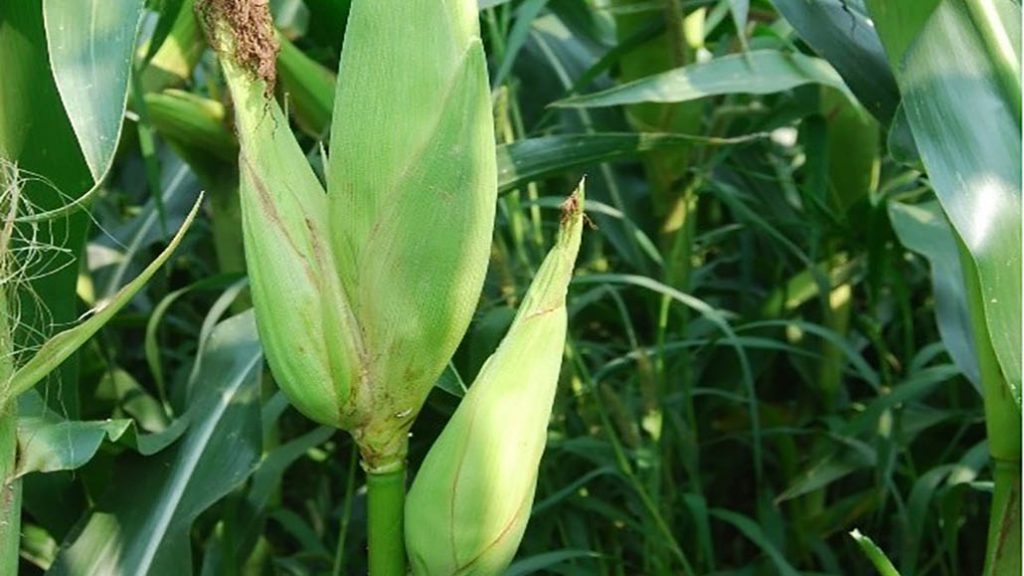
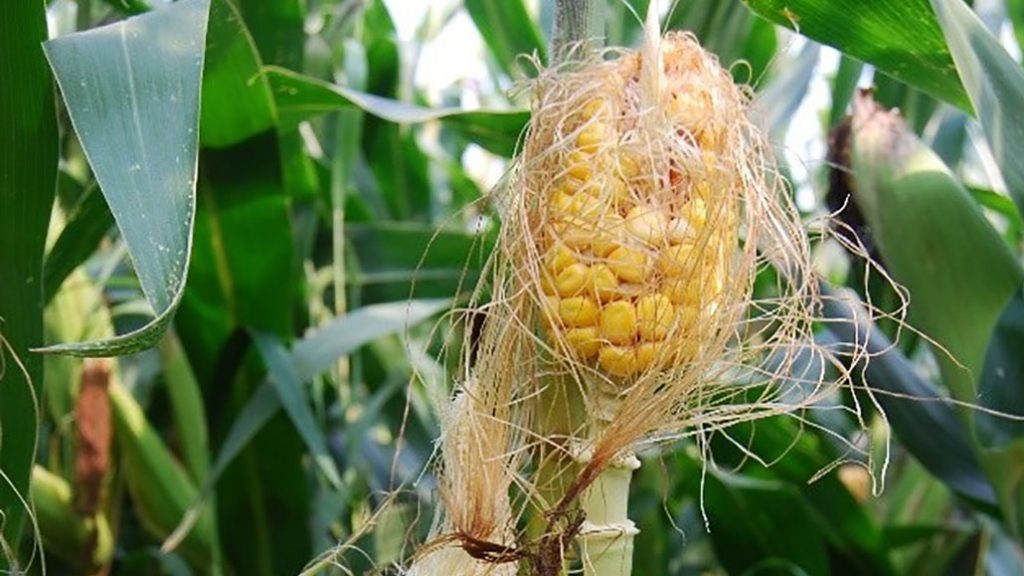
THREE OR FOUR ears on a corn plant sounds exciting (Figure 1), but in the case of arrested ear development or “bouquet” ears (Nelsen, 2006; Nelsen, 2007), pulling husks back to reveal a fraction of the corn we expect is disheartening (Figure 2). Figure 1 is an example of this in a portion of field replanted in Huron County in 2020.
WHAT’S GOING ON?
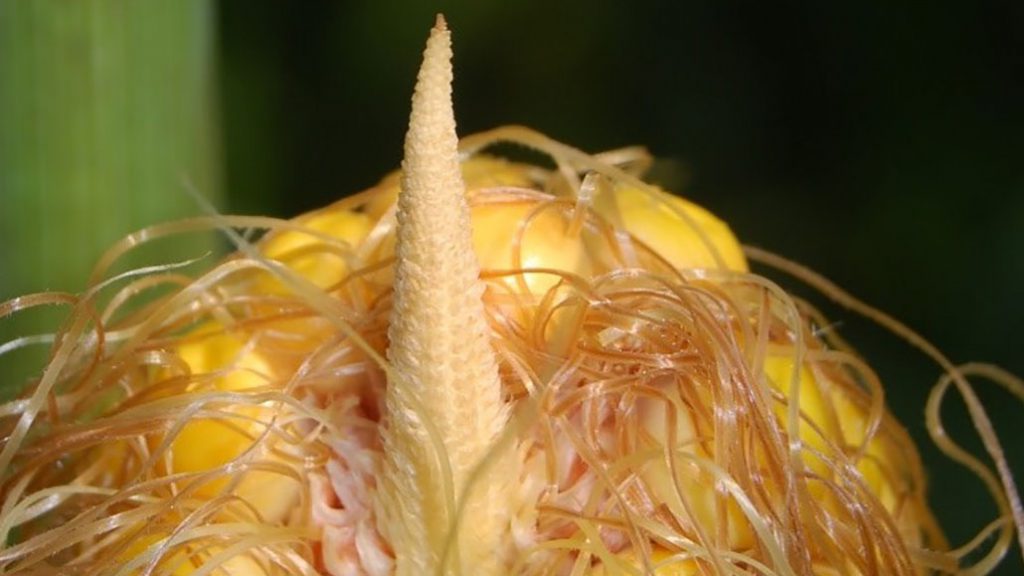
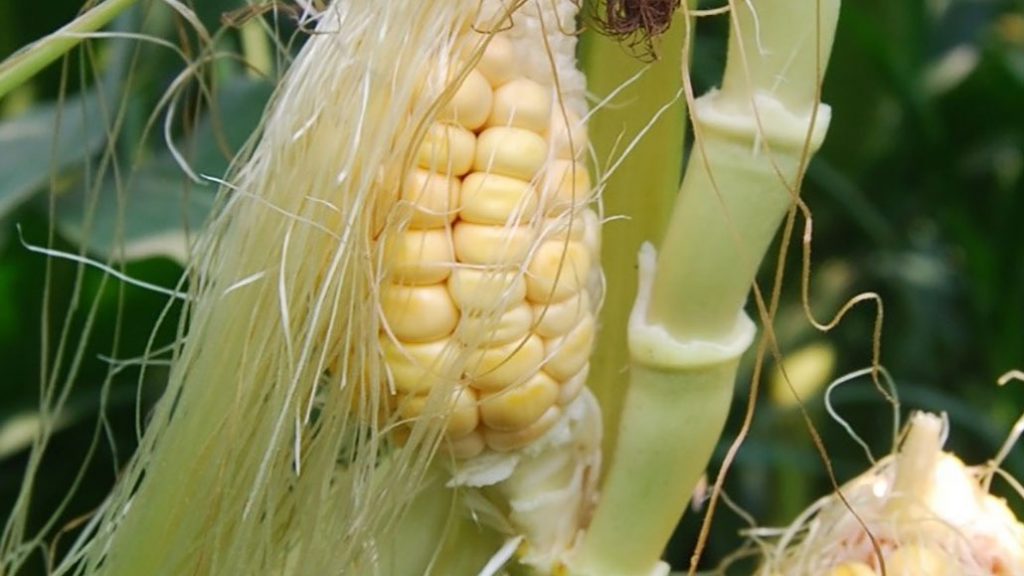
In the pictured field, there are a couple things to note:
- Primary and secondary ears are blunted — Only the lower portion of these ears developed grain normally.
- Blunted ears exhibit arrested ear development — The remainder of undeveloped ear is present, but “frozen” at a late vegetative stage (Figure 3). Evidently, this happened as silks were just starting to grow on the arrested portion of the ear which time stamps when stress likely occurred (~V12-V14).
- New ears form at ear shank nodes — Ear shanks are like compressed corn stems. They have nodes and internodes, leaves originating from each node that form husks, and cobs at the apex. With bouquet ears, new ears form at lower shank nodes, possibly due to arrested ears (Figure 4).
- New ears suffer poor pollination — New ears develop normally with silks emerging from all ovules (potential kernels). These ears form late but still require pollination from main tassels. Some kernels may set near the bottom of ears where earliest silks originate from, possibly catching some late pollen, but remainder of silks emerge after pollen shed and remain unpollinated (fresh, attached to ovules).
WHAT CAUSES THIS?
A couple causes have been suggested. Plant stress or ear injury during the late vegetative stage the arrested portion of the ear is frozen at, is likely responsible for arresting ear development. Low temperatures during this stage is one suggested stress factor (Nielsen, 2009). With increased use of fungicides in the late 2000s, arrested ear development was observed in U.S. fields where fungicides were applied during late vegetative stages such as V10-V14 (Nielsen, 2007). This was caused by ear injury from certain surfactant components used in these applications (Nielsen et al, 2008). In follow-up research across the U.S. corn belt, degree of injury was variable across trials, suggesting environment or hybrids may influence ear injury susceptibility to late vegetative stresses (Schmitz et al, 2011).
References:
- Nielsen, R.L. 2006. A problem with “bouquets”. Purdue University. https://www.agry.purdue.edu/ext/corn/news/articles.06/Bouquets-0912.html (accessed 8 Oct. 2020)
- Nielsen, R.L. 2007. Symptomology of Arrested Ear Development in Corn. Purdue University. https://www.agry.purdue.edu/ext/corn/news/articles.07/ArrestedEars-0904.html (accessed 8 Oct. 2020)
- Nielsen, R.L. 2009. Blunt ear syndrome… again. Purdue University. https://www.agry.purdue.edu/ext/corn/news/timeless/BluntEars.html (accessed 8 Oct. 2020)
- Nielsen, R.L., K. Wise and C. Gerber. 2008. Arrested ears resulting from pre-tassel applications of pesticide & spray additive combinations. Purdue University. https://www.agry.purdue.edu/ext/corn/news/articles.08/ArrestedEars-1209.html (accessed 8 Oct. 2020)
- Schmitz, G.L., N.T. Fassler, G.M. Fellows, A.M. Shirley, R.W. Chamblee, C.W. Finch, M.A. Storr, P.M. Vassalotti, T.D. Klingman, W.E. Thomas and D.P. Rathmann. Arrested ear development in corn caused by a component of certain surfactants. Agron. J. 103:1697-1703.










